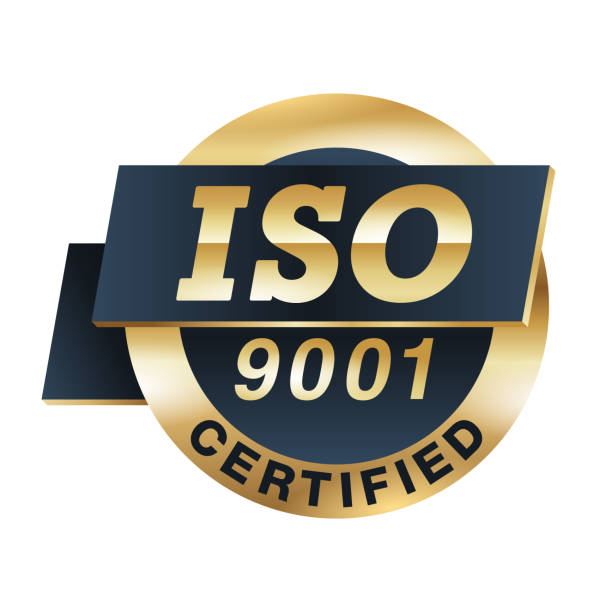What are the commonly used cam curve design methods for continuous zoom lenses?

What are the commonly used cam curve design methods for continuous zoom lenses?
(1) Equal gap design.
Equal gap refers to the design of the motion curve of the zoom group as a straight line. That is, the movement of the zoom group along the optical axis is linearly related to the cam angle, and the movement of the compensation group and the cam angle are non-linear. The advantages: convenient processing, high processing accuracy. The disadvantages: In some large zoom ratio systems, the lead angle of the compensation group telephoto curve will increase. It will cause that the compensation group can not move smoothly even gets stuck during the movement. Mechanically speaking, the acceleration of the variable group is infinite at the starting and ending positions during constant velocity motion, so there is a rigid impact.
(2) Equiangular distance design.
Equiangular distance refers the relationship between the focal length of the system and the cam angle is designed to be linear. The advantages: The focal length positioning is easy to control. It is mainly used in systems with focal length measurement accuracy. The disadvantages: During the short focal length, the lead angle of motion curve in the compensation group will increase.
